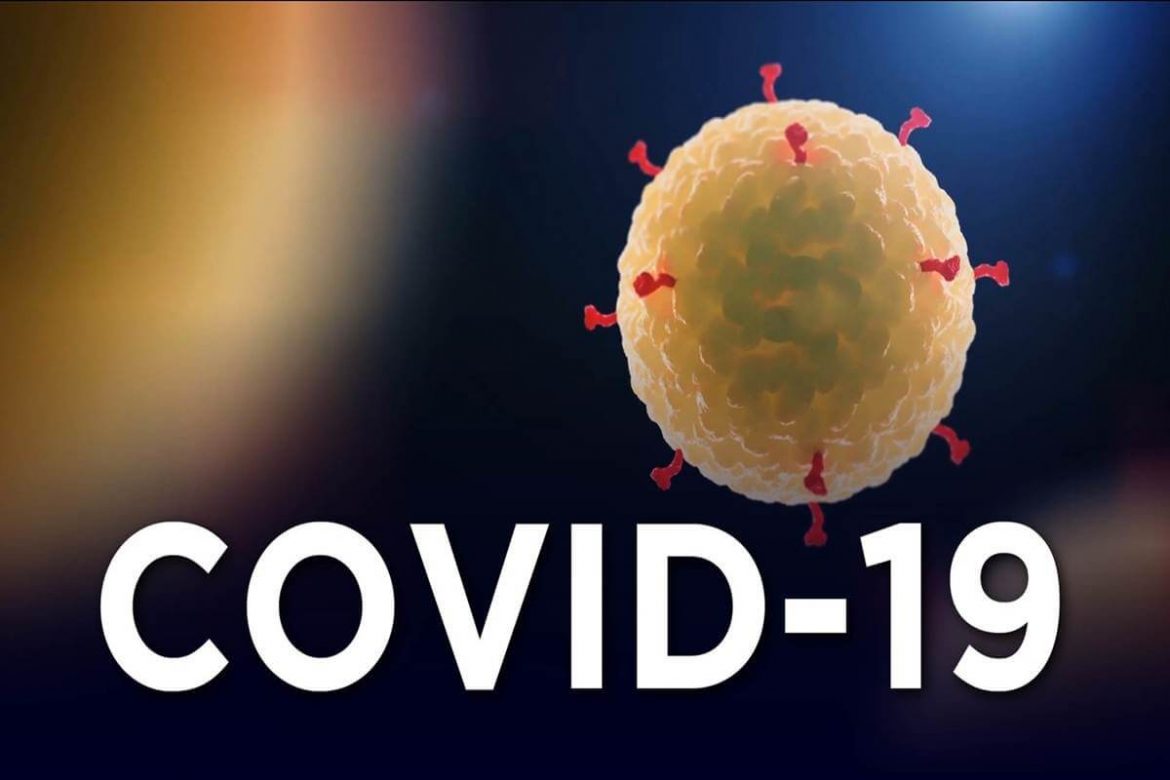The Union Government and the State/UT governments have made a joint coordinated effort to effectively manage the COVID-19 pandemic in the country.
As part of the coordinated efforts, the Union government has emphasized on increasing testing, prompt contact tracing and timely clinical management of the cases. It has also helped the States to significantly ramp up testing capacities.
This has resulted in reduced positivity in the country. Currently the national Positivity Rate stands at 6.73%.
As on 5th July 2020, the States with their Positivity Rate lesser than the national average and tests per million higher than the national average are:
Serial No. | State | Positivity rate (in %) | Tests per million |
1 | India (National) | 6.73 | 6,859 |
2 | Puducherry | 5.55 | 12,592 |
3 | Chandigarh | 4.36 | 9,090 |
4 | Assam | 2.84 | 9,987 |
5 | Tripura | 2.72 | 10,941 |
6 | Karnataka | 2.64 | 9,803 |
7 | Rajasthan | 2.51 | 10,445 |
8 | Goa | 2.5 | 44,129 |
9 | Punjab | 1.92 | 10,257 |
In Delhi, the efforts being made by the UT were significantly bolstered by the Central Government to ensure increase in testing. Tests were ramped up through increased RT-PCR testing along with the new Rapid Antigen Point-of-Care (POC) tests which gives results in only about 30 min.
As a result of concerted and focused efforts by Government of India to augment efforts, the average number of samples being tested per day which was only 5481 (1st-5th June 2020) has witnessed a huge increase to reach an average of 18,766 samples per day between 1st to 5th July 2020. In spite of significantly increased testing in Delhi, the positivity rate has seen a substantial decrease from about 30% to 10% in the last three weeks.
👉 Click here to read the latest Gujarat news on TheLiveAhmedabad.com




